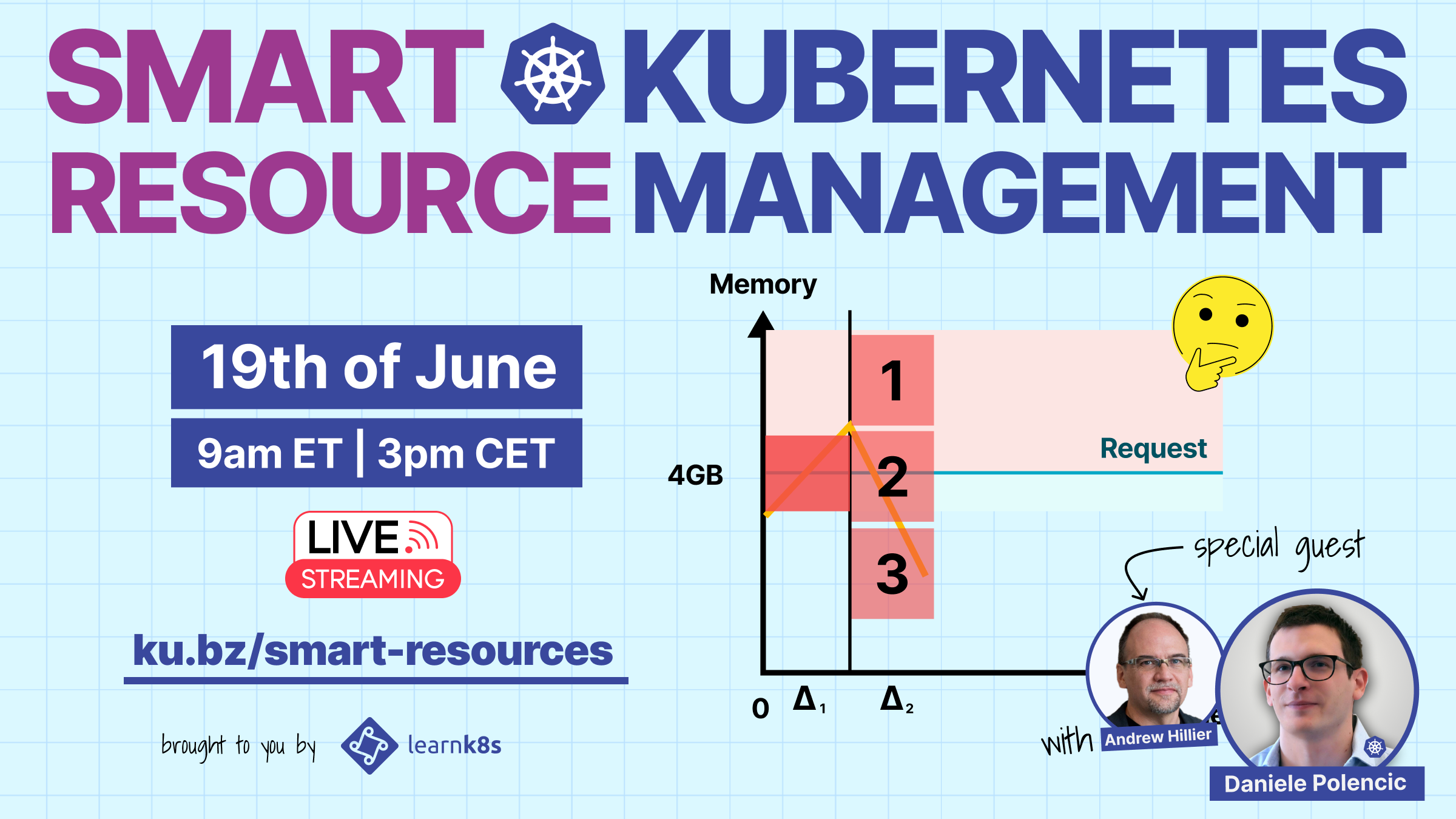Why is setting Kubernetes requests and limits so hard?
Can algorithms make better resource decisions than humans?
In this webinar, you will explore how data-driven approaches can improve your Kubernetes resource management.
You will learn:
- How data-driven approaches can dynamically optimize resource allocation, saving costs while preventing performance degradation.
- The relationship between resource settings and infrastructure sizing and how intelligent adjustments can improve efficiency.
- When you should apply limits vs. when to let algorithms handle resource decisions.
- How to implement the Vertical Pod Autoscaler (VPA) and other tools that use data to set requests and limits.
By the end of the session, you will:
- Understand the challenges of manual Kubernetes resource configuration and why it's difficult to get right.
- Know how to use tools like VPA to automatically set requests and limits based on actual usage patterns.
- Learn how resource allocation affects your overall cluster efficiency and cost.
- Gain practical knowledge on transitioning from static to algorithmic resource management.
👤 Who is this for? DevOps engineers, SREs, platform engineers, and technical leaders looking to solve one of the most persistent challenges in Kubernetes management.
🧑🏻🏫 Who is the speaker? Daniele is an instructor at Learnk8s, teaching Kubernetes and containers to small and large enterprises.
🔗 Useful links The webinar is part of Learnk8's ongoing investigation of running workloads on Kubernetes. The following resources are part of the research:
- Architecting Kubernetes clusters — choosing a worker node size
- Allocatable memory and CPU in Kubernetes Nodes
- Kubernetes instance calculator
The content presented during this webinar is drawn from the workshops that we run at Learnk8s https://learnk8s.io/training
